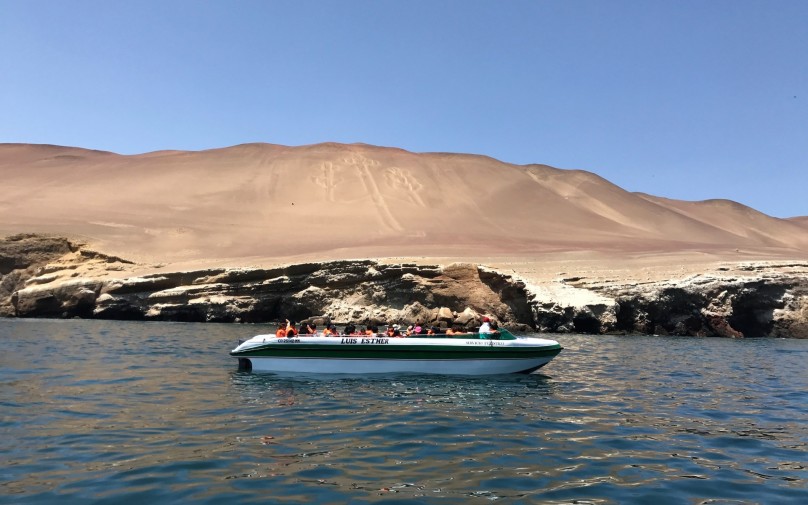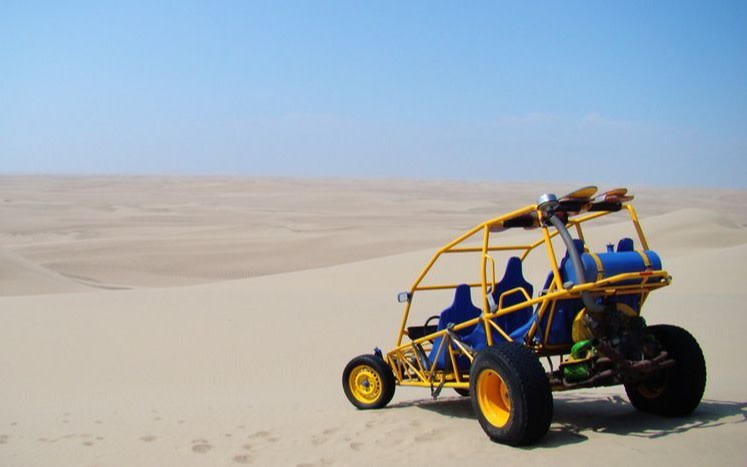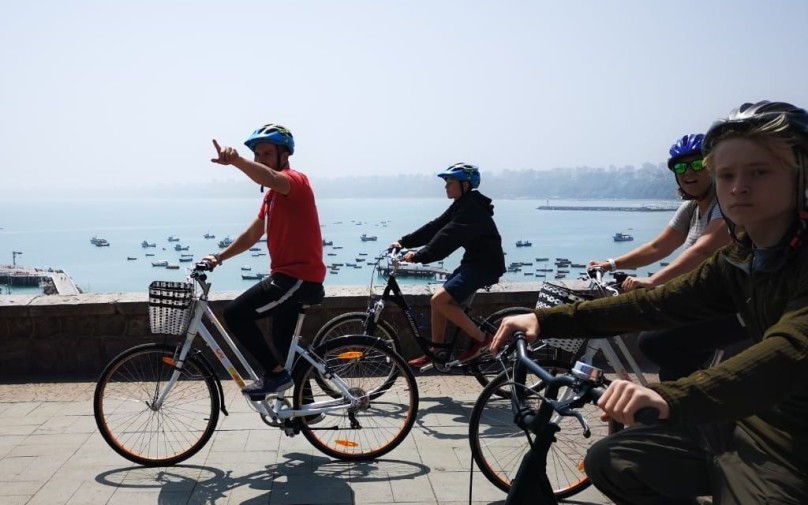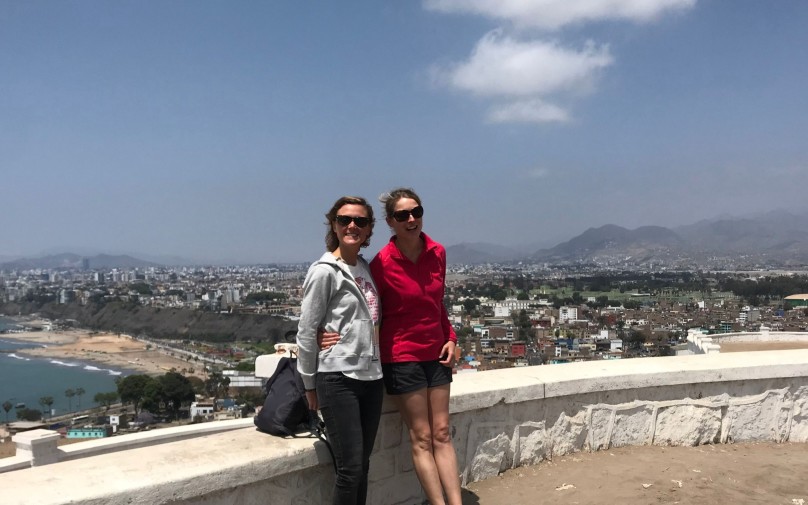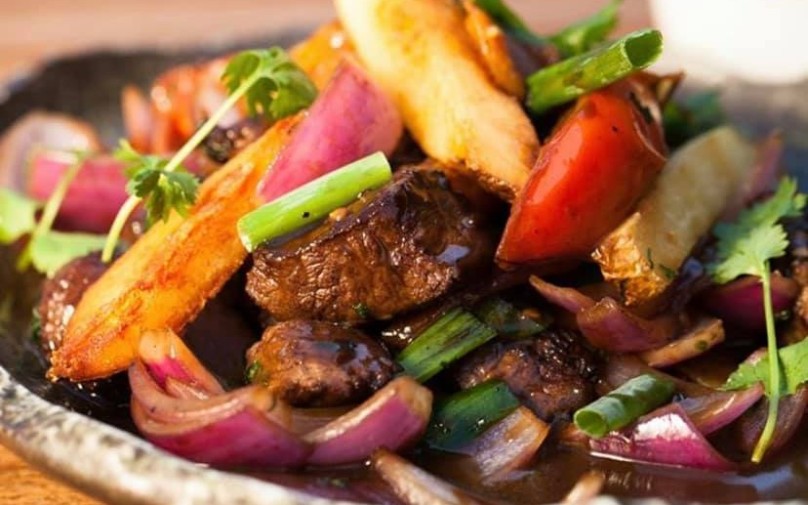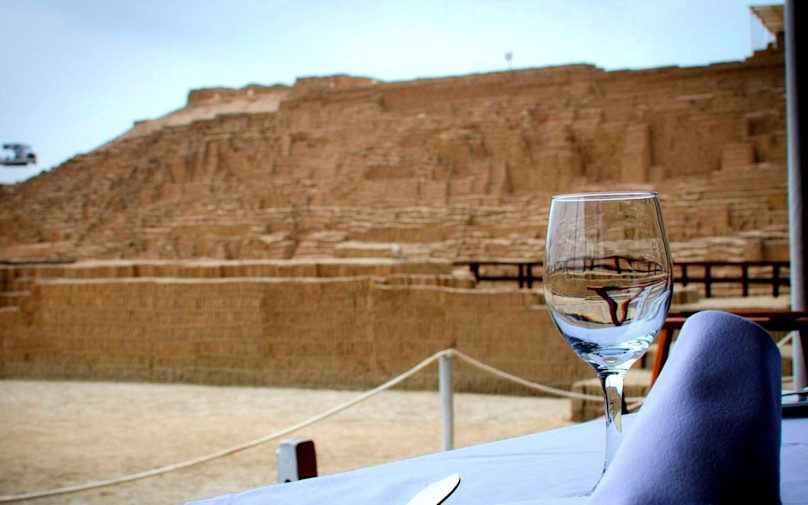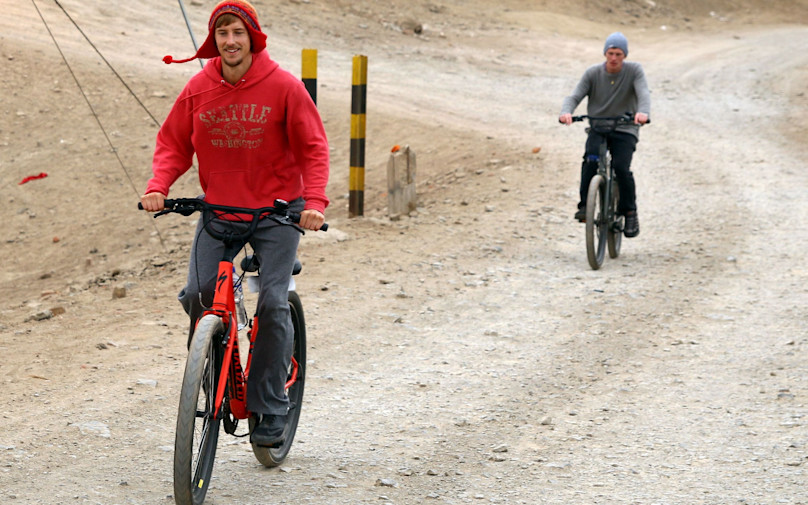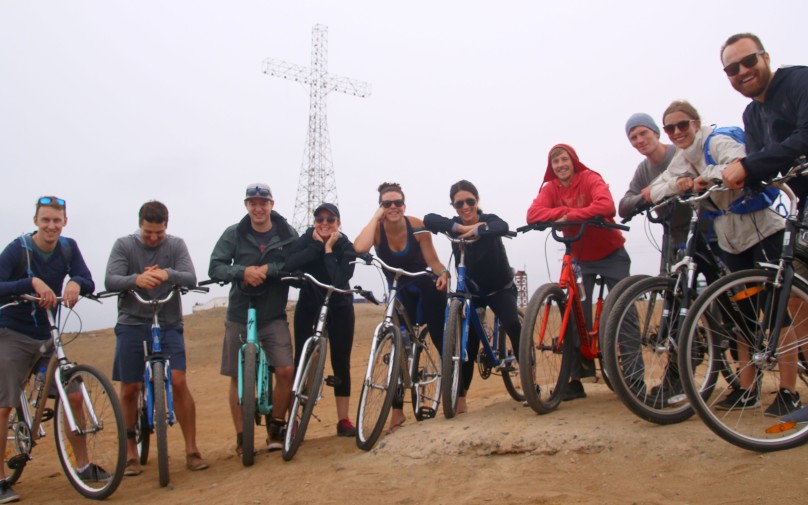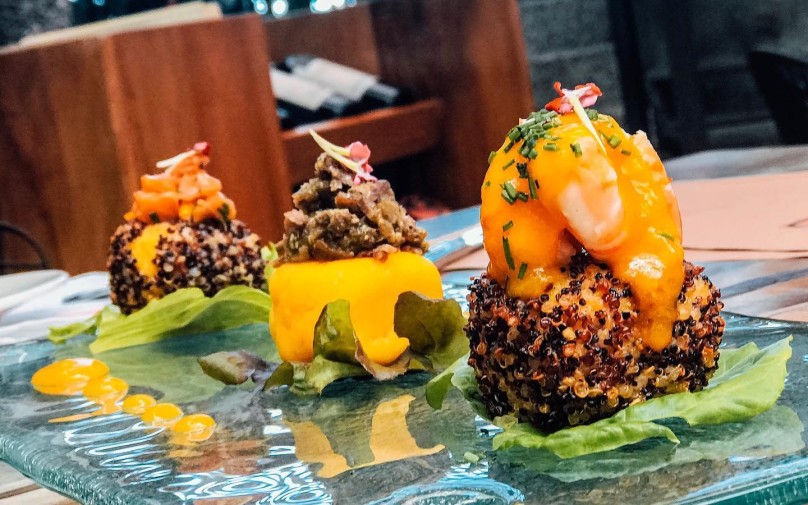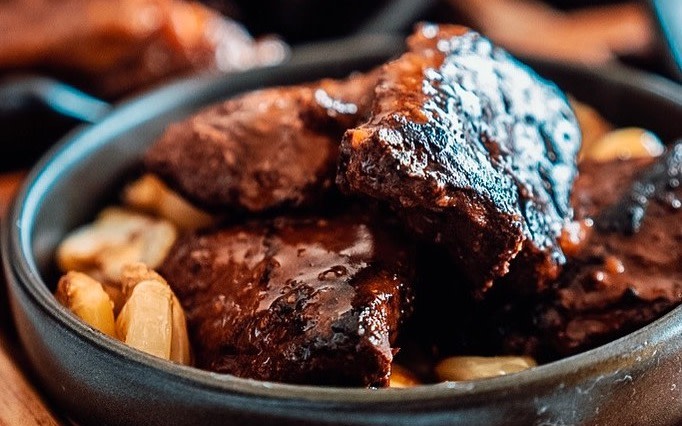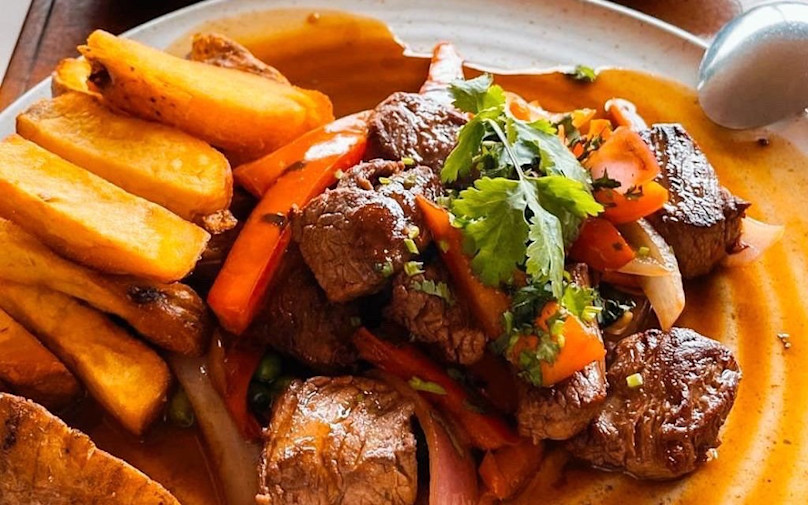
Miraflores, a vibrant district in Lima Province, Peru, is a must-visit destination for travelers seeking a blend of culture, adventure, and relaxation. This coastal neighborhood is renowned for its stunning ocean views, lush parks, and bustling nightlife. One of the best ways to explore the area is by joining the Beach Bike Tour, which takes you through the scenic coastal paths and offers a glimpse into the local beach culture. For those who love the ocean, the Bike and Surf Tour provides an eco-friendly way to experience Lima’s coast, combining cycling with surfing lessons. Food enthusiasts will be delighted by the Gourmet Food Tour, where you can savor the rich flavors of Peruvian cuisine while learning about the city’s culinary history. Art lovers should not miss the Art and Colors Tour, which explores the vibrant favelas of Lima, showcasing the district’s progressive art scene. To truly immerse yourself in the local culture, the Local Life Tour offers a unique opportunity to discover Peruvian traditions, visit bustling markets, and enjoy a refreshing Pisco Sour. Whether you’re a history buff, a foodie, or an adventure seeker, Miraflores has something to offer everyone.
Miraflores, a vibrant district in Lima Province, Peru, is a must-visit destination for travelers seeking a blend of culture, adventure, and relaxation. This coastal neighborhood is renowned for its stunning ocean views, lush parks, and bustling nightlife. One of the best ways to explore the area is by joining the Beach Bike Tour, which takes you through the scenic coastal paths and offers a glimpse into the local beach culture. For those who love the ocean, the Bike and Surf Tour provides an eco-friendly way to experience Lima’s coast, combining cycling with surfing lessons. Food enthusiasts will be delighted by the Gourmet Food Tour, where you can savor the rich flavors of Peruvian cuisine while learning about the city’s culinary history. Art lovers should not miss the Art and Colors Tour, which explores the vibrant favelas of Lima, showcasing the district’s progressive art scene. To truly immerse yourself in the local culture, the Local Life Tour offers a unique opportunity to discover Peruvian traditions, visit bustling markets, and enjoy a refreshing Pisco Sour. Whether you’re a history buff, a foodie, or an adventure seeker, Miraflores has something to offer everyone.

